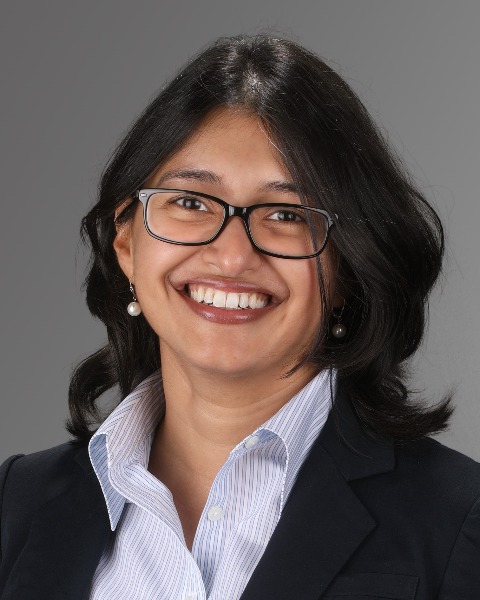Disparities in Surgical Oncologic Care
E162: Understanding Barriers to Guideline-Concordant Treatment in Foregut Cancer: Insights from Institutional data

Annabelle L. Fonseca, MD, MHS (she/her/hers)
Associate Professor
University of Alabama at Birmingham
Birmingham, Alabama, United States
Annabelle L. Fonseca, MD, MHS (she/her/hers)
Associate Professor
University of Alabama at Birmingham
Birmingham, Alabama, United States
Annabelle L. Fonseca, MD, MHS (she/her/hers)
Associate Professor
University of Alabama at Birmingham
Birmingham, Alabama, United States- KA
Krisha Amin, n/a
Medical Student
University of South Alabama, United States - RA
Rida Ahmad, n/a
Resident
University of South Alabama, United States - MH
Martin Heslin, MD
Professor
University of South Alabama, United States
ePoster Abstract Author(s)
Submitter(s)
Author(s)
Receipt of guideline concordant treatment (GCT) is associated with improved prognosis in foregut cancers. However, a large proportion of patients with foregut cancers do not receive GCT. This study sought to understand underlying barriers to receipt of GCT in a single institution cohort.
Methods:
A single institution retrospective review of 498 patients with foregut (gastric, pancreatic, and hepatobiliary) adenocarcinoma from 2018-2022 was performed. GCT was defined based on National Comprehensive Cancer Network guidelines. Reasons for non-receipt of GCT were identified based on detailed chart review.
Results:
Overall 328 patients (66%) received GCT. GCT varied based on cancer site: 72%, 66% and 60% in gastric, pancreatic, and hepatobiliary, respectively. Of the 248 patients (50%) with resectable disease at initial presentation, 121 (49%) did not receive curative-intent surgical resection, and 147 (59%) did not receive GCT. A detailed review of electronic health records identified multiple intersecting patient, provider, and health system factors along the continuum of cancer care that impacted access and adherence to GCT (Figure 1).
The most common reason for non-receipt of GCT was incomplete therapy, however 20% never received any treatment, either due to loss to follow-up after initial appointment at the health system without any documented health system attempt to re-establish contact (N=5, 3%), no referral to oncologist (N=11, 7.5%), and no documented treatment plan (N=13, 9%). Additionally, 15 patients (N=10%) were not referred to a surgical oncologist for evaluation, and 28 patients (N=19%) did not have any surgical oncology follow-up after the initial appointment. Other reasons for non-completion of therapy included deconditioning during therapy (N=26, 18%) or complications that developed during treatment (N=11, 7%) preventing completion of GCT. Physician-specific factors/medical decision-making contributed to non-GCT in 19 patients (13%).
Conclusions:
A significant proportion of patients with resectable foregut cancer do not receive GCT, due to the intersection of several factors across patient, provider, and health system domains. Addressing these factors through the development of interventions at multiple levels is critical to enhancing the quality of foregut cancer care. Strategies such as patient navigation, reflexive surgical referral for all patients with non-metastatic disease, prehabilitation programs, and greater health-system level follow up may improve access to GCT.
Learning Objectives:
- understand the barriers to guideline concordant treatment in foregut cancers
- understand levels at which interventions may be structured
- have a better understanding of the intersection of patient, provider and institutional factors contributing to guideline discordant treatment
